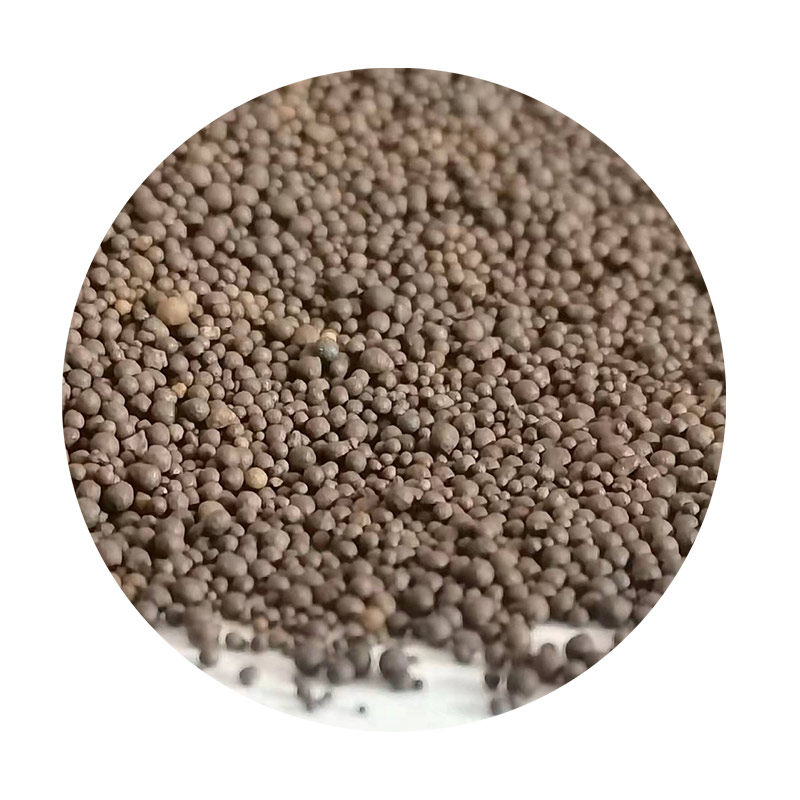Can You Sand 3D Prints?
The rise of 3D printing technology has revolutionized the way we create and manufacture objects. From prototypes to intricate designs, 3D printing offers unparalleled flexibility and creativity. However, one question that frequently arises is whether you can sand 3D prints, and if so, how it can be done effectively to achieve a smooth finish. In this article, we’ll explore the reasons for sanding, the types of materials typically used in 3D printing, and the best practices for sanding these prints.
Why Sand 3D Prints?
3D prints often come off the printer with visible layer lines and rough textures, especially when using Fused Deposition Modeling (FDM) printers. Sanding is a common post-processing technique aimed at improving surface finish, aesthetics, and functionality of the printed object. For projects that demand a polished look or for parts that will be painted or assembled, sanding is essential. Additionally, sanding can help remove supports or any print artifacts that may have occurred during the printing process, ensuring a better fit or a seamless appearance.
Materials Commonly Used for 3D Printing
Different 3D printing materials offer varying challenges when it comes to sanding. Common materials include
1. PLA (Polylactic Acid) One of the most popular and easiest materials to work with, PLA can be sanded relatively easily but can melt if exposed to high temperatures.
2. ABS (Acrylonitrile Butadiene Styrene) Known for its strength and heat resistance, ABS can be sanded effectively. However, it requires proper ventilation due to the fumes released during printing and sanding.
3. PETG (Polyethylene Terephthalate Glycol-Modified) This material is more flexible and less brittle than ABS but may require more effort when sanding due to its toughness.
4. Resin Used in SLA (Stereolithography) printers, resin prints typically have a smoother finish straight off the printer. However, sanding can help eliminate any remaining imperfections.
can you sand 3d prints

Best Practices for Sanding 3D Prints
To achieve the best results when sanding 3D prints, follow these tips
1. Choose the Right Grit Start with a coarser grit paper (e.g., 100-220) to remove larger imperfections, then gradually move to finer grits (e.g., 400-1000) for a smoother finish. Always sand in a circular motion to avoid flat spots.
2. Moisten the Surface Some users find that wet sanding helps reduce dust and improves the finish. Wet sanding also helps prevent the material from overheating, which can lead to melting.
3. Use a Sanding Block For larger flat surfaces, use a sanding block to evenly distribute pressure and achieve a uniform finish. For detailed areas, consider using foam pads or sanding sponges that can conform to contours.
4. Always Wear Safety Gear When sanding, especially with materials that produce harmful dust or particles, it’s crucial to wear a mask and goggles to protect yourself.
5. Finish with a Polish After sanding, consider applying a polish or sealant to further enhance the shine and protect the surface.
Conclusion
Sanding 3D prints is not only possible but often necessary to achieve the desired finish and quality. With the right tools and techniques, anyone can improve the appearance and functionality of their 3D-printed creations. Whether for professional projects or personal endeavors, sanding can transform a rough print into a beautifully finished product, taking your 3D printing efforts to the next level.
Post time:Sep . 15, 2024 21:51
Next:Ceramic Sand Price - Quality Industrial Materials at Competitive Rates
